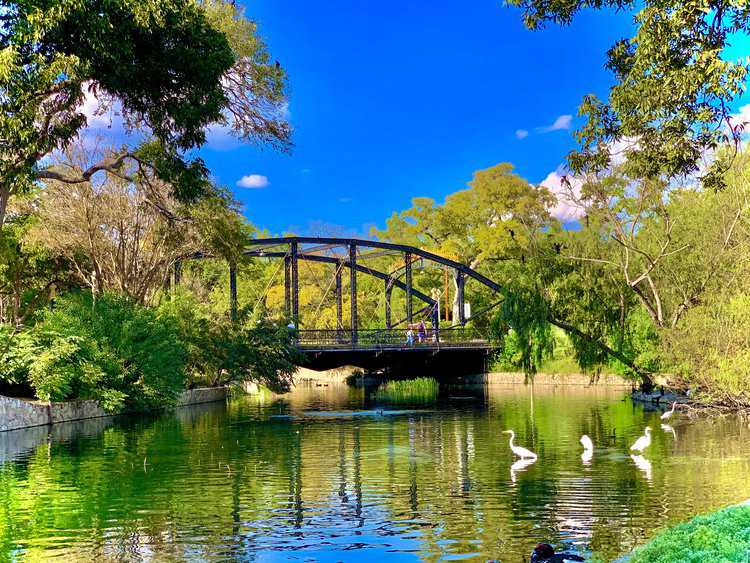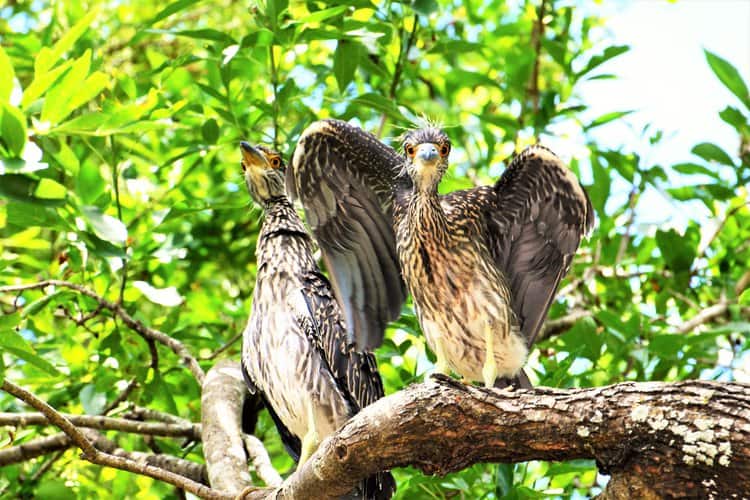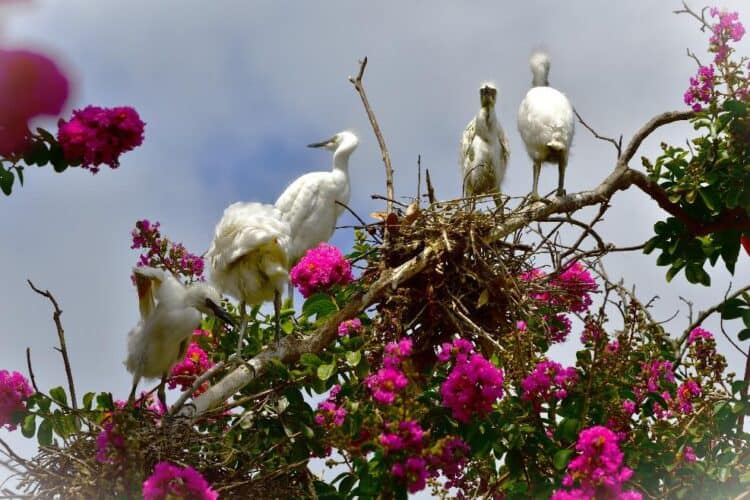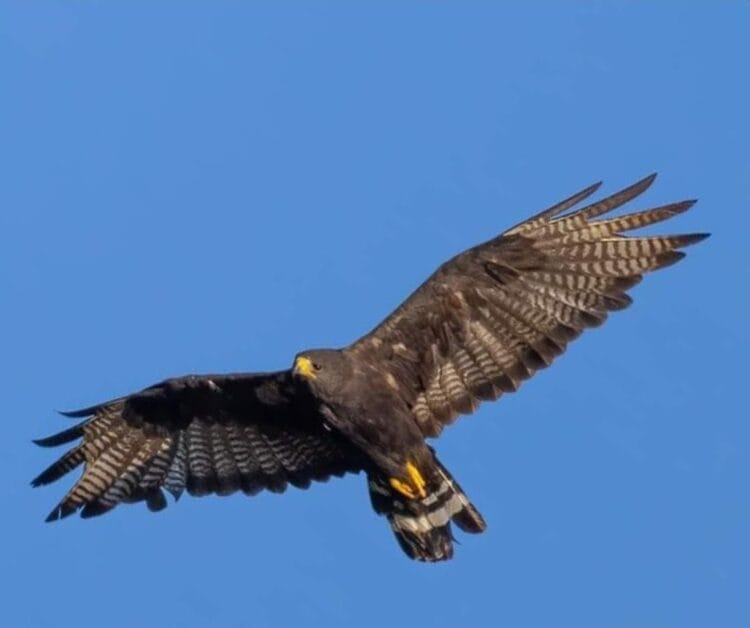Concerns over rising bird collisions with buildings in New York City have resurfaced. This autumn appears to have been especially dangerous for migratory birds navigating the city’s dense skyscrapers, with initial reports indicating an uptick in accidents compared to last year.
The NYC Bird Alliance notes that the fall season, peaking from early September through October, generally sees the highest collision rates.
According to Rita McMahon, director of the Wild Bird Fund, volunteers brought an average of 60 to 70 injured birds to the organization daily at peak migration in October.
The greater volume of birds moving southward, including inexperienced young birds, makes the fall migration especially perilous.
“All the birds going up in the spring are going up to mate and have babies,” McMahon explained, noting that fall brings both experienced adults and younger birds who may not yet understand the danger of glass. “It’s very hard on the young.”
Bird collisions are most common in cities like New York due to bright lights and reflective glass. As birds, especially songbirds, migrate at night, artificial lighting from skyscrapers can disorient them.
Reflections from glass can also be deadly, as birds mistake them for open sky or foliage and collide at full speed. Volunteers in New York start their mornings by checking areas near buildings for injured birds, helping to document collisions, and saving any surviving birds.
Andrew Farnsworth of Cornell University’s Lab of Ornithology estimated an increase in collisions this fall, potentially around 20% over last year, though the data isn’t final.
He emphasized that even the current estimates, which suggest 250,000 annual bird deaths in New York City due to building collisions, likely fall short of reality.
“We know that the estimate…is definitely an underestimate, no question,” Farnsworth remarked.
NYC Bird Alliance’s Katherine Chen highlighted that multiple factors complicate the precise tracking of these collisions, including natural variations and expanding volunteer coverage.
“We are monitoring more locations this year than we were last year,” Chen noted, adding that this alone might partially explain the increase in reported collisions.
Increased bird traffic this fall may also be a factor. Data from BirdCast, a tracking system co-founded by Farnsworth, reveals that over 9.7 million birds flew over Manhattan during the season, up from around 9.5 million the previous year.
Jessica Wilson, executive director of the NYC Bird Alliance, expressed the need for targeted solutions to reduce these collisions. “Collisions with windows represent a major, but fixable, threat to wild birds,” Wilson said, calling for “simple, commonsense solutions” to address the issue.
While some buildings have voluntarily adopted bird-safe glass and reduced nighttime lighting, Wilson emphasized that voluntary measures alone are insufficient.
In response to the rising concerns, legislation aimed at curbing light-related bird collisions is under consideration in New York City.
Advocates hope that increased awareness, combined with policy changes, will help reduce the risks posed to migratory birds navigating the city’s towering buildings.
This article by Trinity Sparke was first published by One Green Planet on 13 November 2024. Image Credit :yuriyt/Shutterstock.
What you can do
Help to save wildlife by donating as little as $1 – It only takes a minute.
Focusing on Wildlife supports approved wildlife conservation organizations, which spend at least 80 percent of the money they raise on actual fieldwork, rather than administration and fundraising.</







Leave a Reply